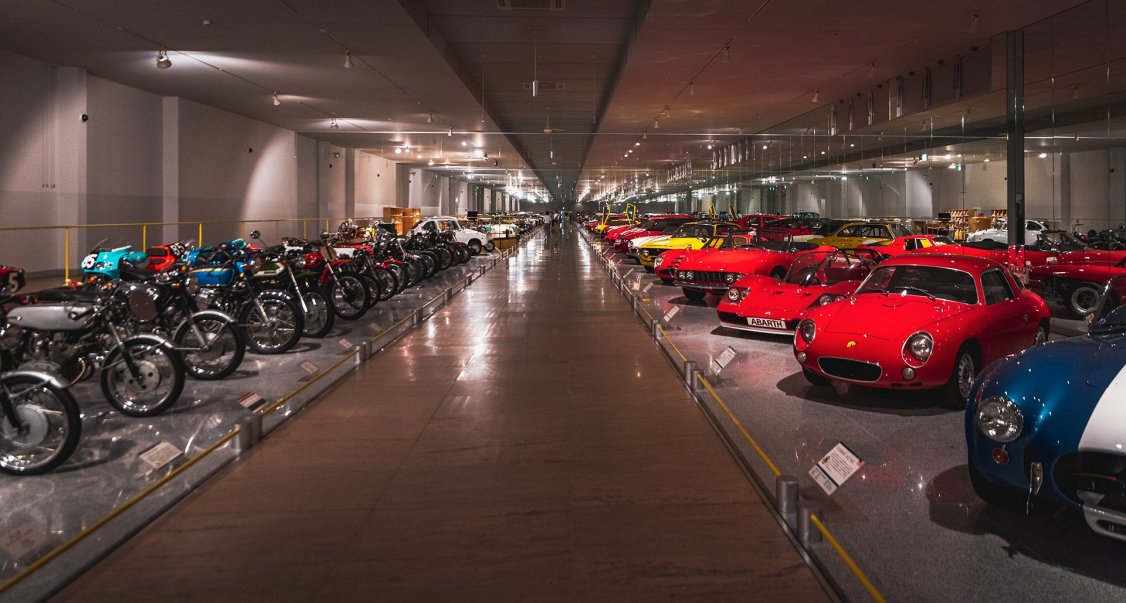
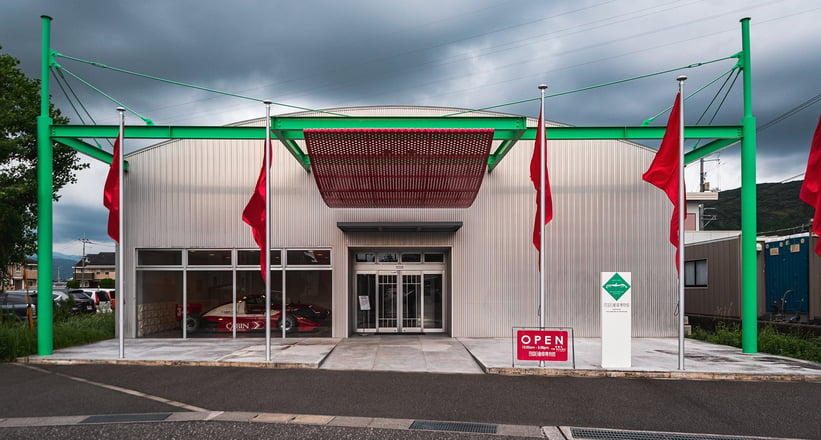
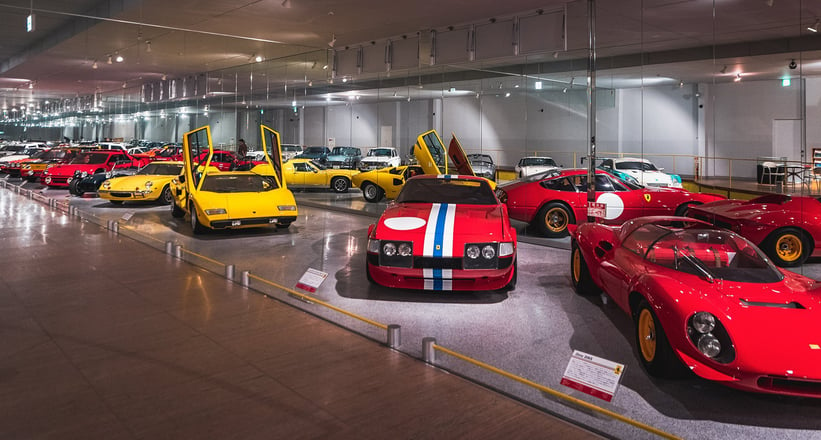
For the most part, Japanese car collectors are a private bunch. It’s very much part of Japanese culture to keep to yourself. Privacy is a big thing in Japan: some people don’t even like their faces or number plates shown in photos when they’re driving their cars on the road. That means there’s a lot of cars tucked away in private collections scattered throughout Japan.
This was the case for the owner of the Shikoku Automobile Museum. Known as Ito-san, he started collecting with an Alfa Romeo TZ, a TZ2 and a Toyota 2000GT. The latter was almost obligatory, as he’d made his fortune running a series of Toyota Netz dealerships. The 2000GT remains a big part of his collection and he’s also a member of the exclusive 2000GT Owner’s Club.

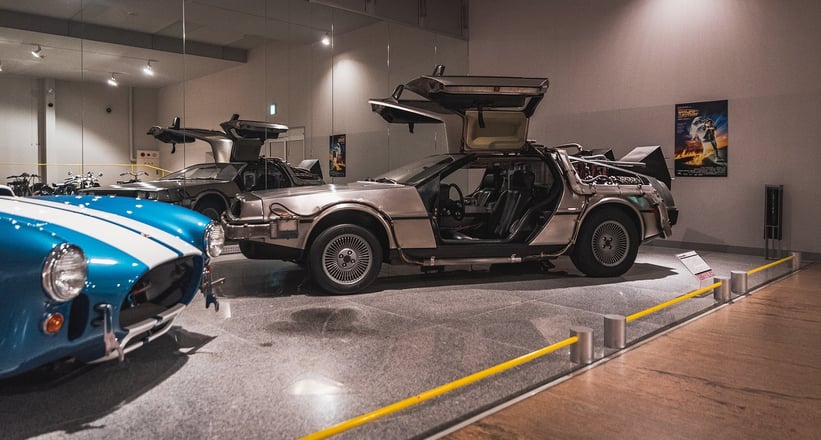
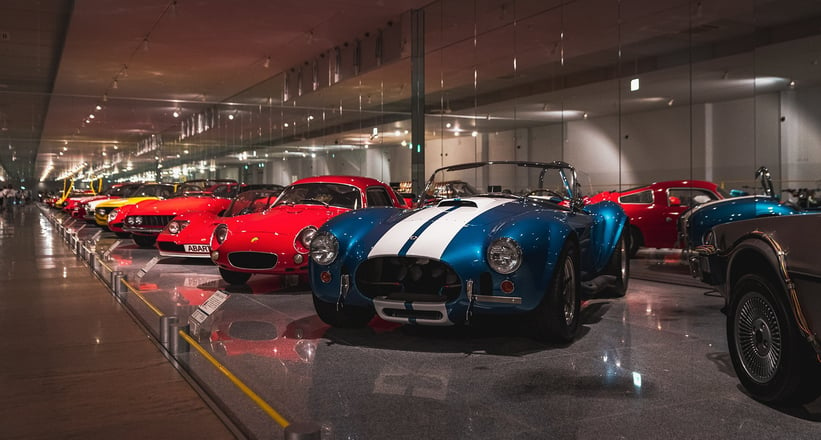
The story of the museum’s founding goes that because Ito-san was only one of the few people in Japan with an Alfa Romeo TZ2, he received a lot of requests to see it. Mind you, this was before social media and the internet, so how he got these requests, I’m not sure. I assume, being Japan, that most were sent in via fax. Either way, it seems he’d had enough and eventually gave in.
The Shikoku Automobile Museum was opened in May 1990, 10 years after Ito-san established his Toyota Netz dealer network. The aim of the museum was “regional revitalisation” and the first cars displayed were his Alfa Romeo TZ and TZ2, plus of course the 2000GT.
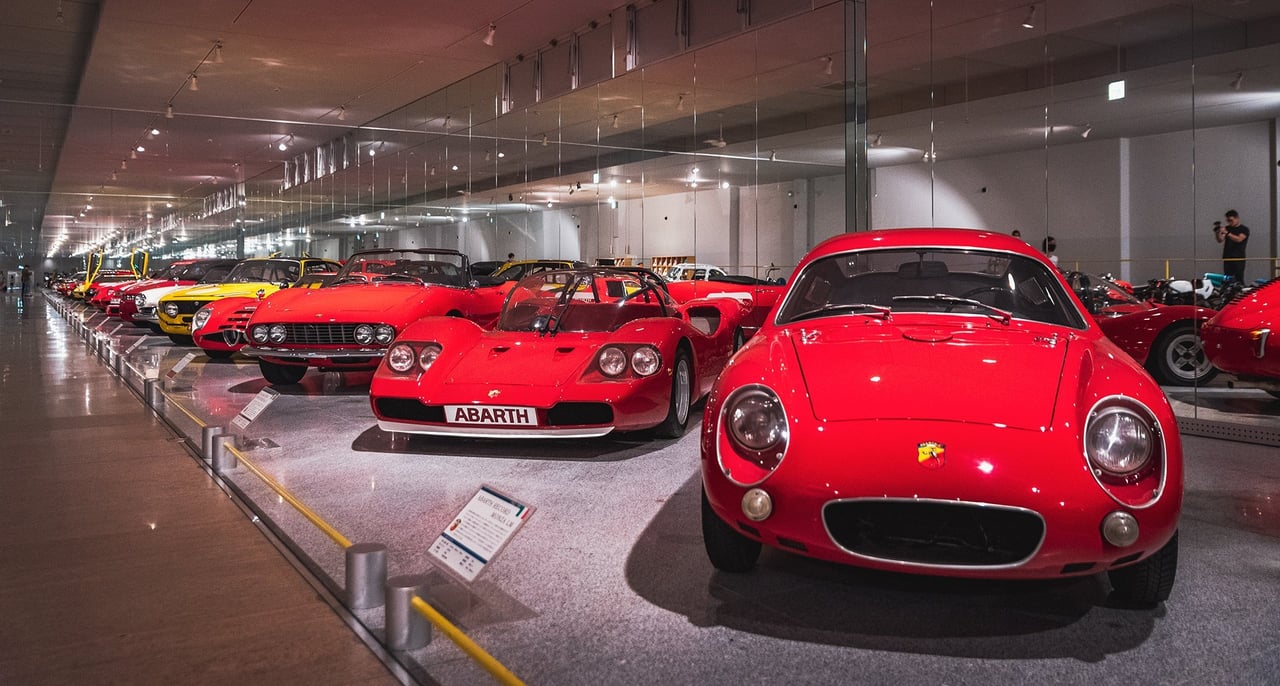
Over the years, as the museum became more popular, the collection grew as Ito-san accumulated cars from around the world to display. One of his most well known acquisitions was the one-off Cizeta Fenice TTJ Spider. This was built for the now-defunct Nakamichi Audio company to demonstrate an in-car audio system. Ito-san bought the car during Nakamichi’s liquidation process, but has since sold it to “a famous collector in Nagoya”.
However, in the three decades the museum has been around, Ito-san and the manager have cultivated a set of some of the finest and rarest cars you’ll find under one roof. The end result is a museum of around 30 perfectly curated vehicles. There’s no filler and nothing stands out of place. Everything has been chosen for a reason, by a man with among the finest automotive taste in Japan. Going through all the cars would take far too long, so instead here’s a round-up of the top 10 highlights you can expect to see at the Shikoku Automobile Museum.
Alfa Romeo TZ2

It’d be rude not to start off with the TZ2. This isn’t the actual TZ2 that Ito-san started off with, as he’s since sold that car, but after parting with it, he realised he had a TZ2-shaped hole in his life, so he went out and got another. His first was the actual car Polyphony Digital used to build the model for Gran Turismo 5, and the car displayed here is the only known TZ2 in Japan, making it one of the main reasons for visiting the museum.
Alfa Romeo 155 TI
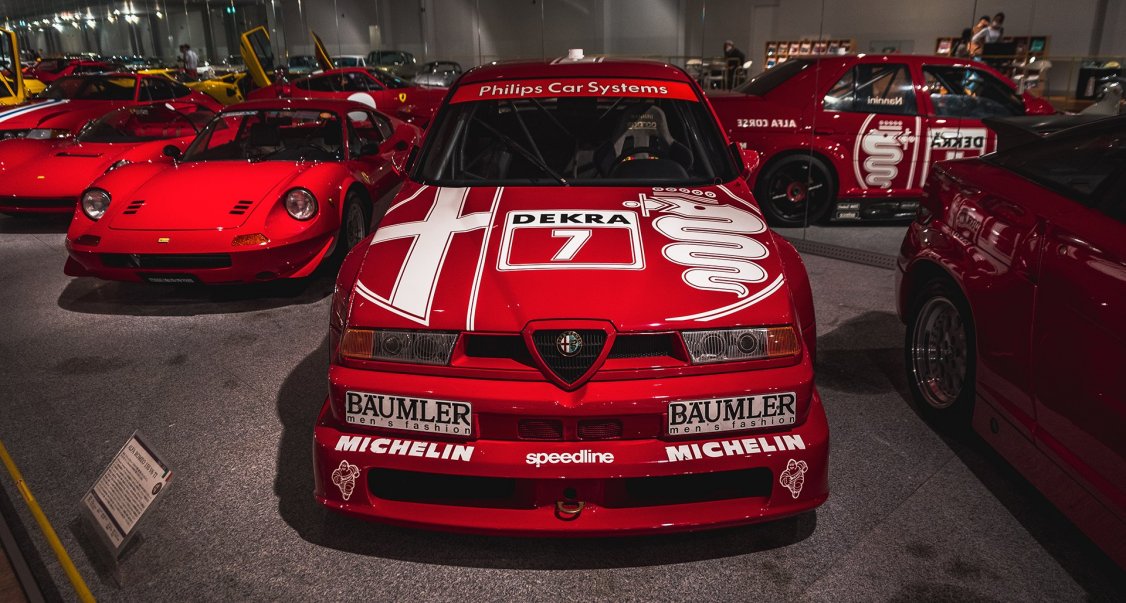
While there’s a vast amount of historic racing cars in Japan, DTM machinery and other European touring cars are less common. In a country where seeing F1, Group C and of course Japanese Touring Cars is far too easy, a 1990s DTM car is a much less common sight for the typical Japanese enthusiast. That’s why for me this 155 V6 TI was a highlight, especially as it was driven by Alessandro Nannini. A proper legend.
Ferrari 206S
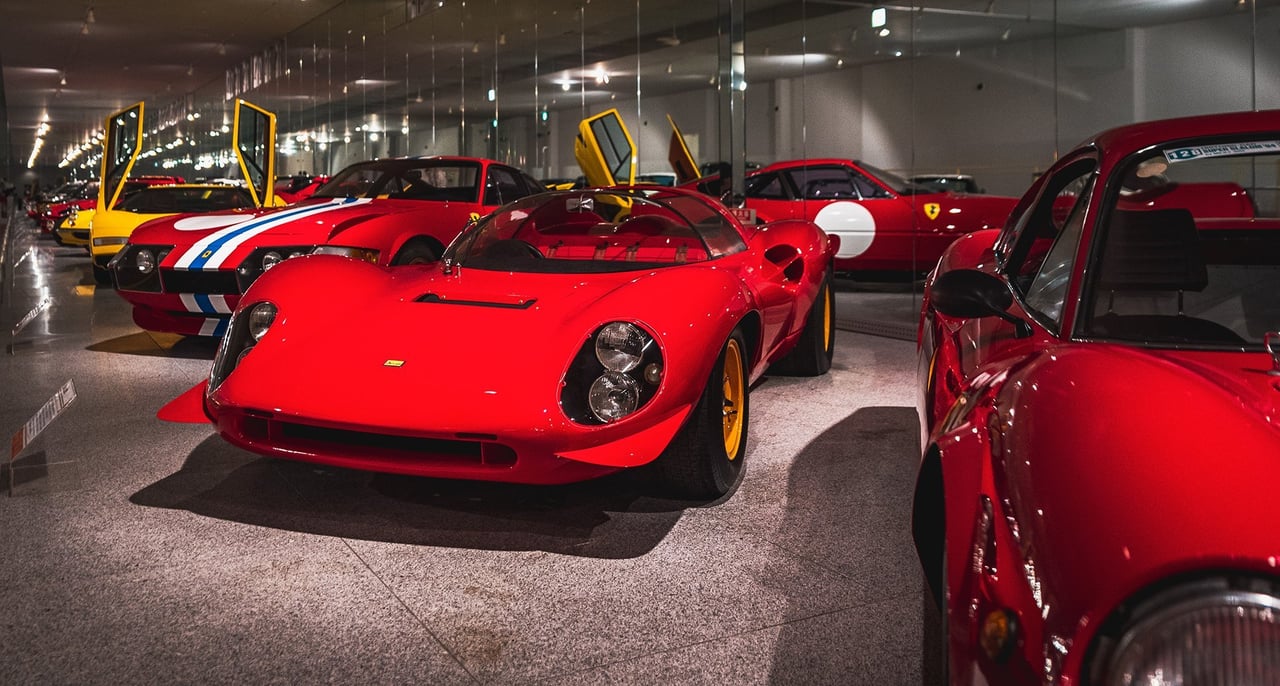
Before the 206GT and 246GT, there was the 206S. The racecar that would later give way to the V6-powered road cars, however unlike the one in the road car, the V6 engine in the 206S is mounted longitudinally. It’s said that this is one of only 12 ‘Spider’ examples of the 206S ever produced. Another NART-liveried example resides in Tokyo.
Toyota 2000GT
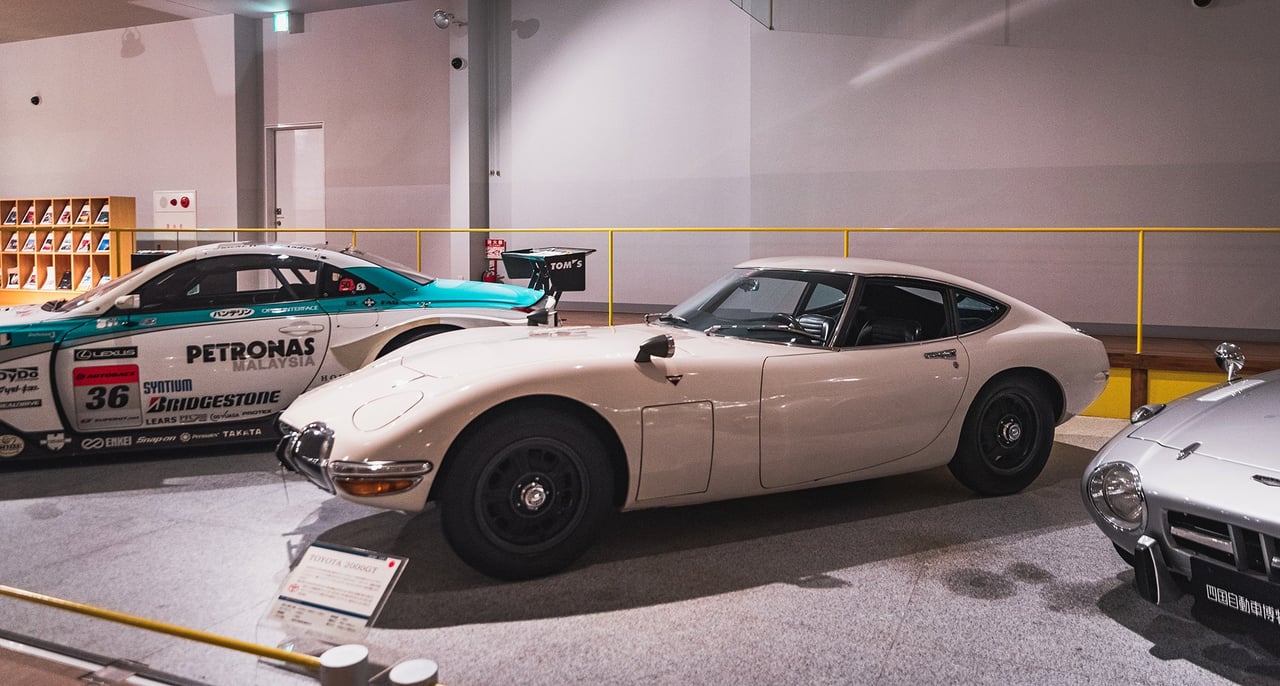

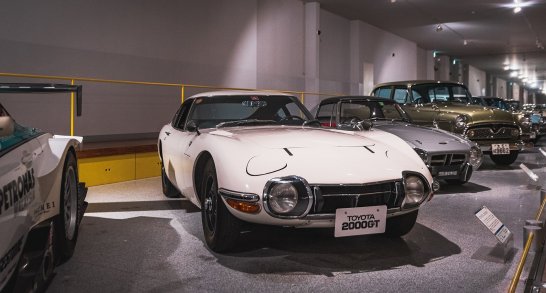
What’s interesting about the two 2000GTs in the Shikoku museum is that they’re both left-hand drive. The white car you see here, an early example, was brought back to Japan from the US, where it had been preserved by a dealer and so remains in original condition, inside and out. The red car at the entrance is a more curious example. To this day, the story of this car remains a mystery, as it’s in export specification and has the larger oil cooler of the MF12L. It’s assumed this car was the prototype for late-model export examples. What makes it different is the engine is DOHC as opposed to the usual SOHC 2.3-litre found in most left-hand-drive export models. Adding further to the confusion is the fact that the chassis is stamped with MF10-10001, indicating it’s an early model. When the Shikoku Museum enquired about this, Toyota only said it was a “special purpose vehicle”. Now it sits at the entrance greeting visitors to the museum.
Ferrari 365GTB/4 Competizione
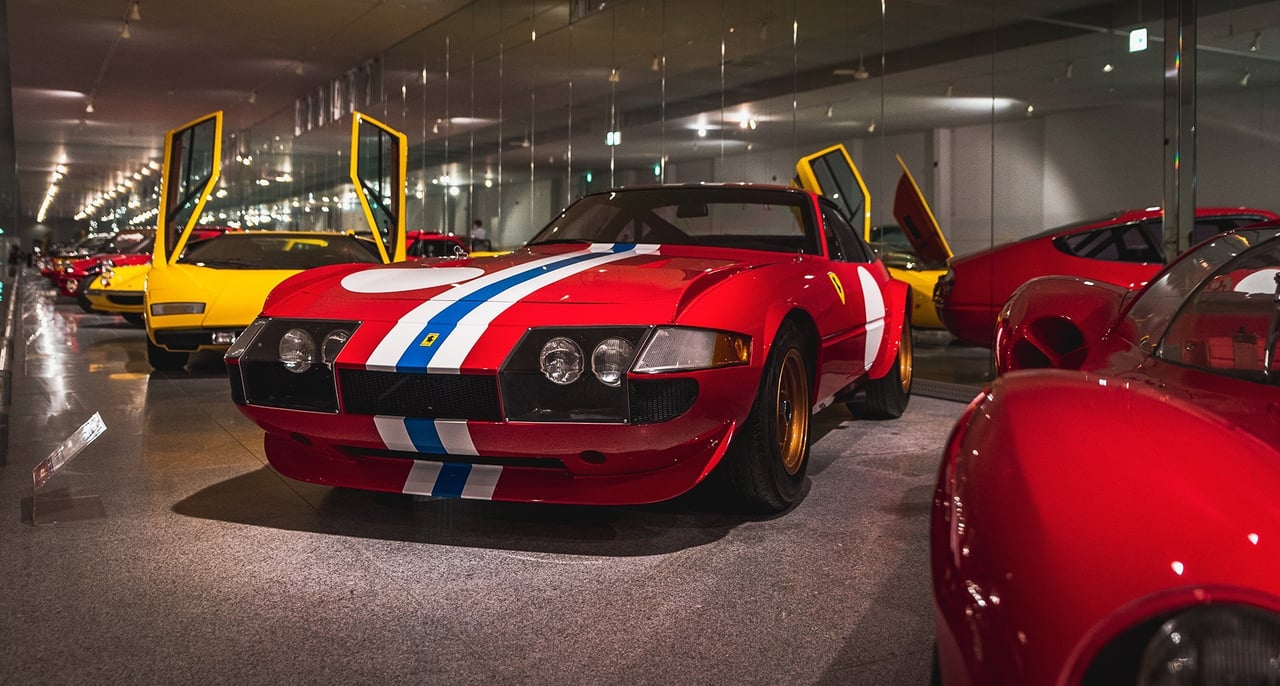
While there were only 15 365GTB/4 Competiziones made, this one is a little bit more special than the others. In place of the traditional Ferrari Prancing Horse, it wears a slightly less prestigious badge. Instead of the Cavallino Rampante is what can only be described as a dancing pig. Dubbed the ‘Burrari’ (a mixture of buta – the Japanese word for pig – and Ferrari), this was a joke Ito-san had with his friend and just kept it on the Competizione.
Alfa Romeo 1300 Junior GTA
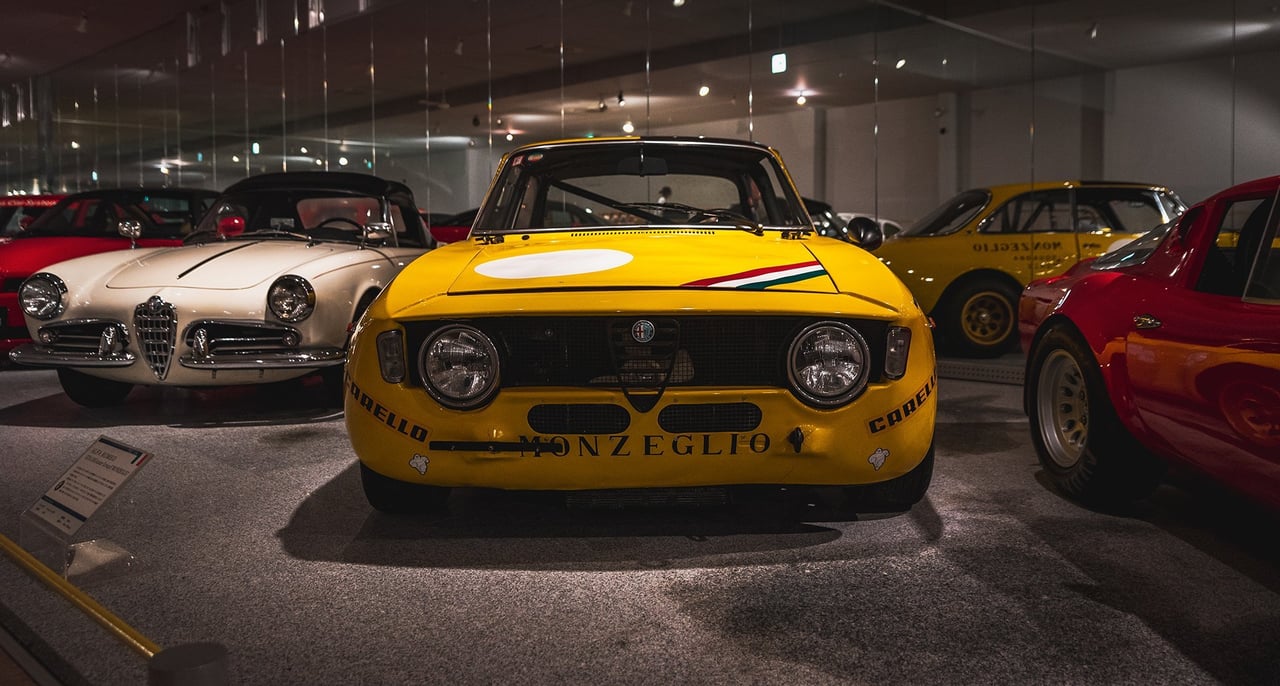
This particular GTA is a Group 5 ‘semi-works’ Monzeglio example with the more aggressive FRP fenders, bonnet, boot, and doors. Between 1968 and 1972, 447 1300 GTAs were made. 300 of those were Corsa versions, intended to race in and dominate the touring-car classes of the time.
Lamborghini Countach LP400
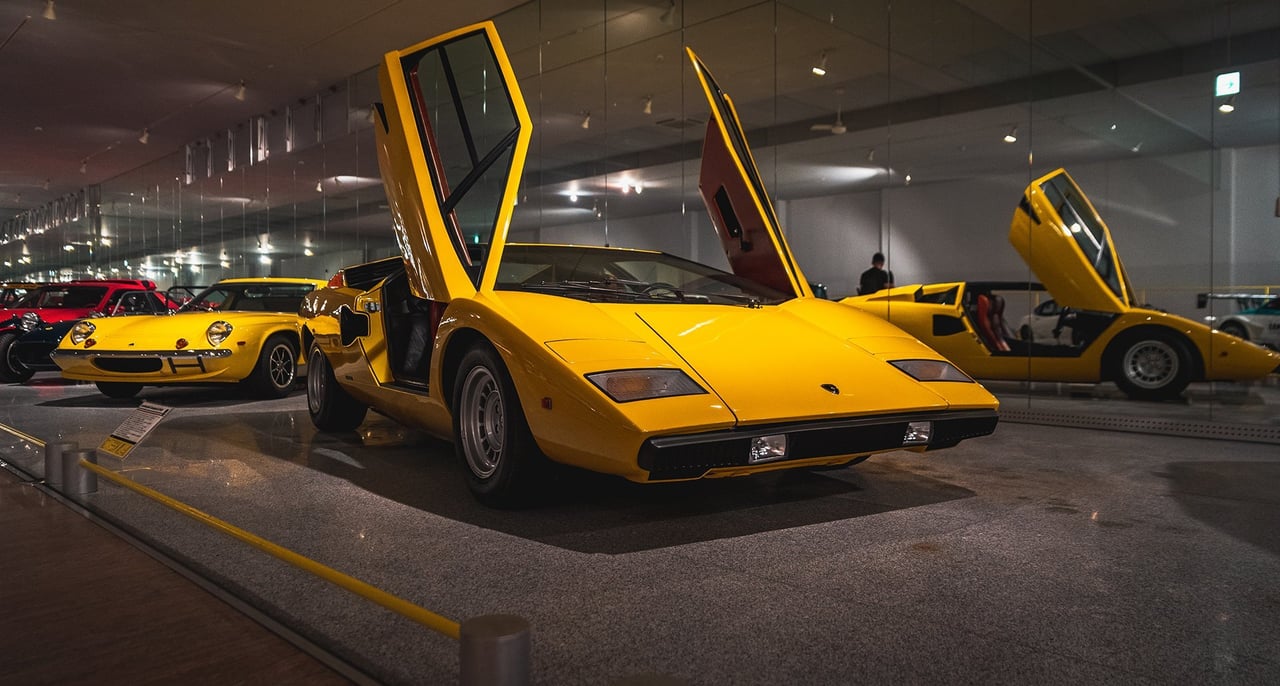

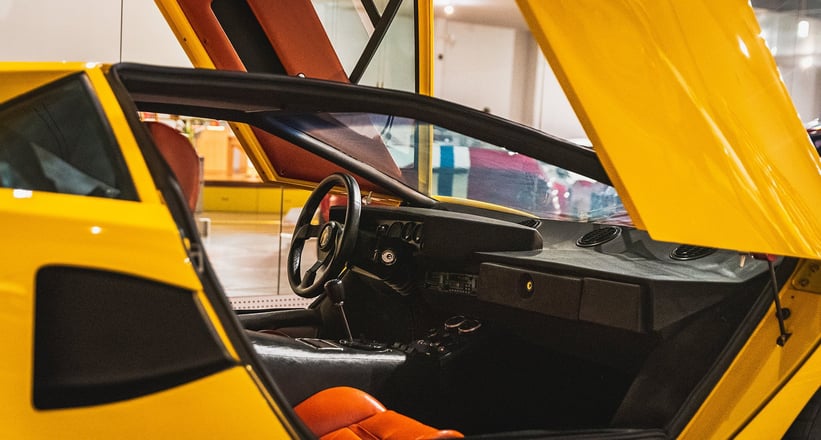
Taking the place of the yellow Cizeta Spider at the centre stage of the museum is the yellow Countach LP400. An early ‘Periscopio’ example, this shows the Countach’s design at its purest. It might not be as eye-catching as later examples with their fixed wings and flared arches, but there’s still something endearing and beautiful about the LP400’s simplicity. Japan loves the Countach, particularly the later models that coincided with the economic bubble, so it’s common to see various 5000QVs and 25th Anniversary editions. However, the LP400 remains a rarity, even in a Lamborghini-crazed country.
Ford RS200
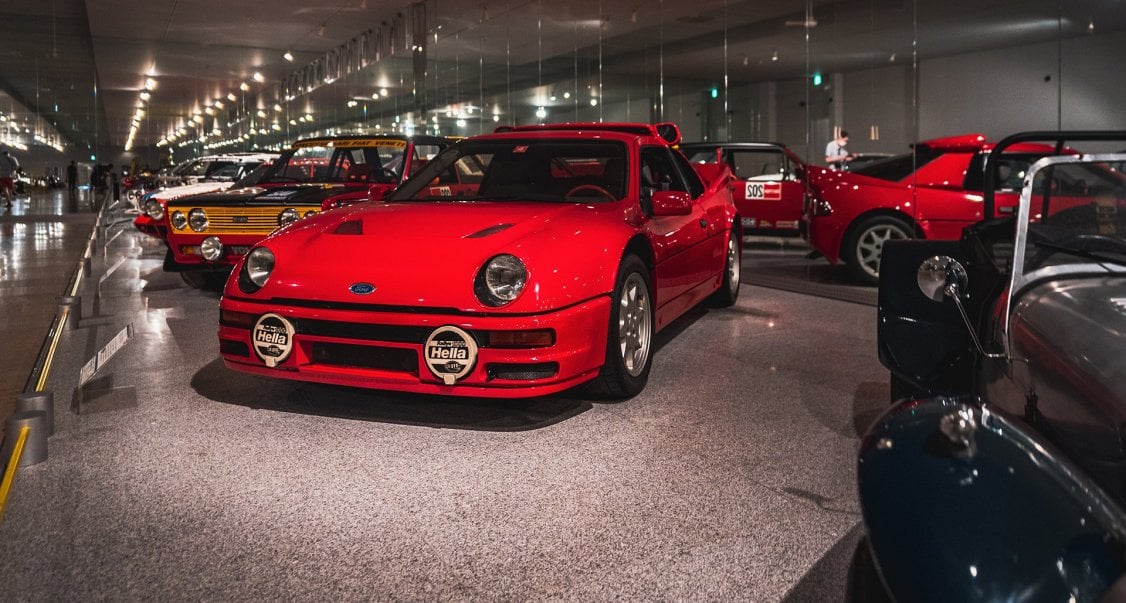
The story of the Ford RS200 is almost as sad as the story of Group B. It came right at the tail end of the contentious series, lasting only half a year and competing in four events before the legend of Group B came to an end. The RS200’s best finish was third at Rally Sweden, but it never got a proper chance to prove itself. Ford produced somewhere in the region of 200 road cars for homologation purposes and a fair chunk of those ended up in Japan. Unfortunately, due to the difficulty of sourcing spare parts, not many get driven on the road these days.
Alfa Romeo SZ
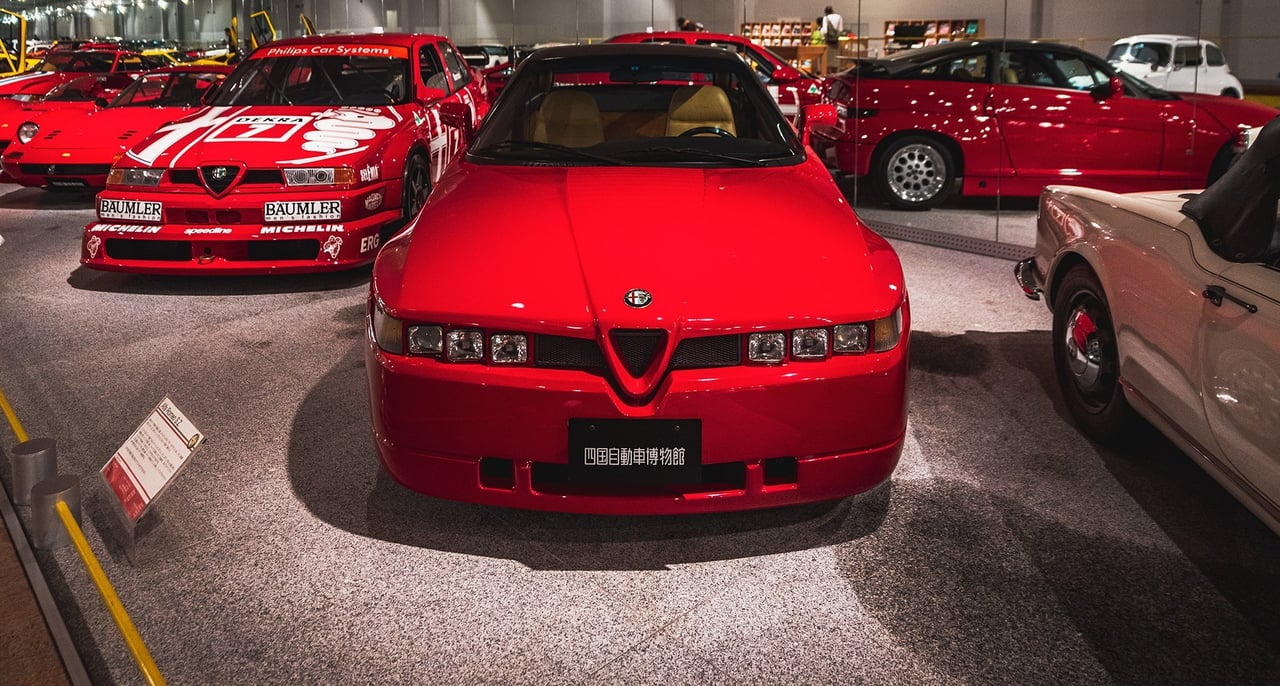
Of the 1,000 or so SZs produced, 100 were officially imported into Japan. This car may not have the grace and elegance of traditional Italian exotics, but there’s no denying its distinctive presence. It was very much ‘of its time’ and remains one of my favourite Alfa Romeos.
Lancias
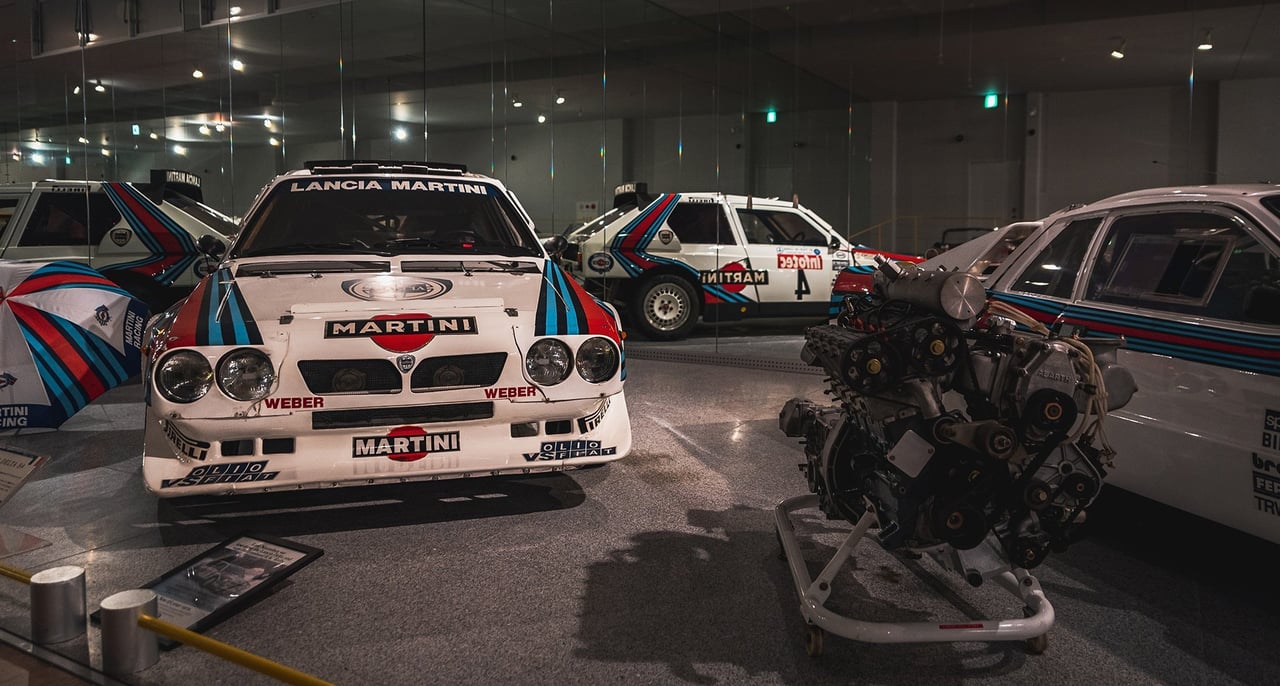
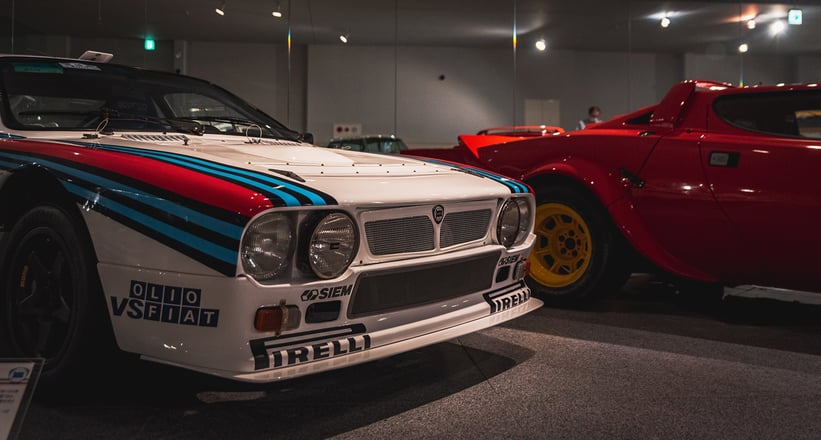
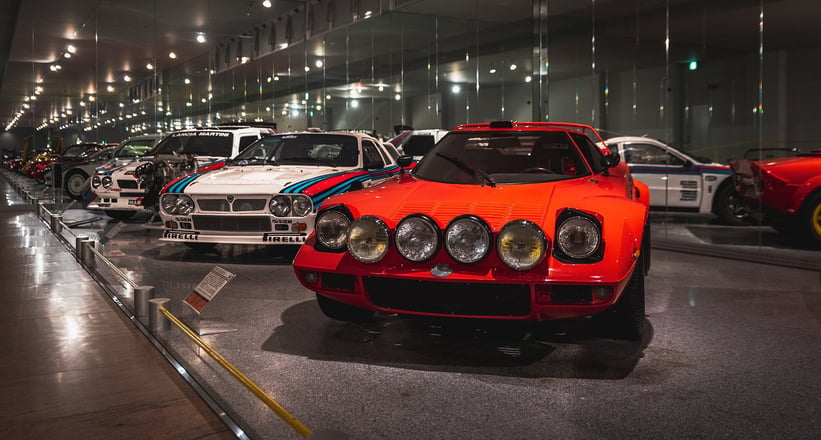
Last but not least is the selection of exquisite Lancias at the end of the museum. I couldn’t pick one to put on this list, so have all three. Although the Stratos and Delta S4 are incredible in their own right, the 037 Works is said to be one of the most valuable cars in this collection with its “brilliant battle history”.
Of course there are many more fascinating cars in the museum, each with its own purpose and story, such as the early Toyota models displayed as a homage to Ito-san’s dealership business. It may be far out of Tokyo (about a 10-hour drive), but it’s only three-and-a-half hours from Kobe City. I’d recommend a visit to the Shikoku Automobile Museum if you have a day to spare in this part of Japan; it’s so rare to see a museum that has been so clearly curated with a passion for cars, with each car being so carefully (and tastefully) selected. Go for the cars, stay for the views along the way.
Words and photos by Ken Saito for Classic © 2021

















































